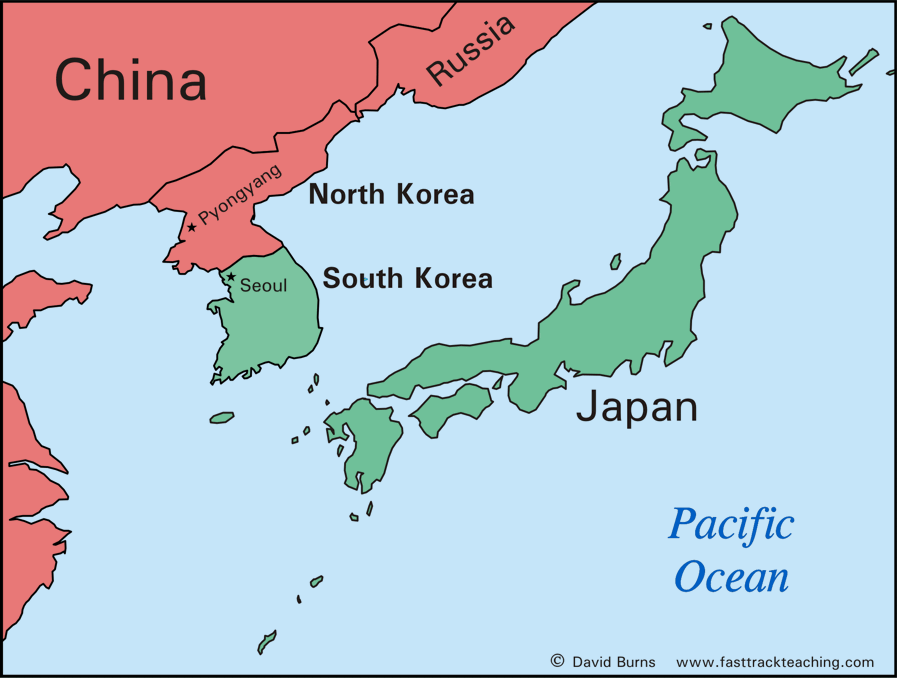|
Three major conflicts of the Cold War The U.S. policy of containment meant that the U.S. intended to push back attempts by any communist countries to take over any non-communist countries. The timeline on the right shows three of the major conflicts of the Cold War era. These conflicts took place in Korea, Cuba, and Vietnam. The fighting in Korea and Vietnam became full scale wars that lasted many years. (Technically speaking, however, the U.S. never actually declared war in either case.) Both the Soviet Union and the United States were involved in all of these events in many ways. Keep in mind, though, that there was never a "hot" war - a shooting war - directly between these two superpowers. |










